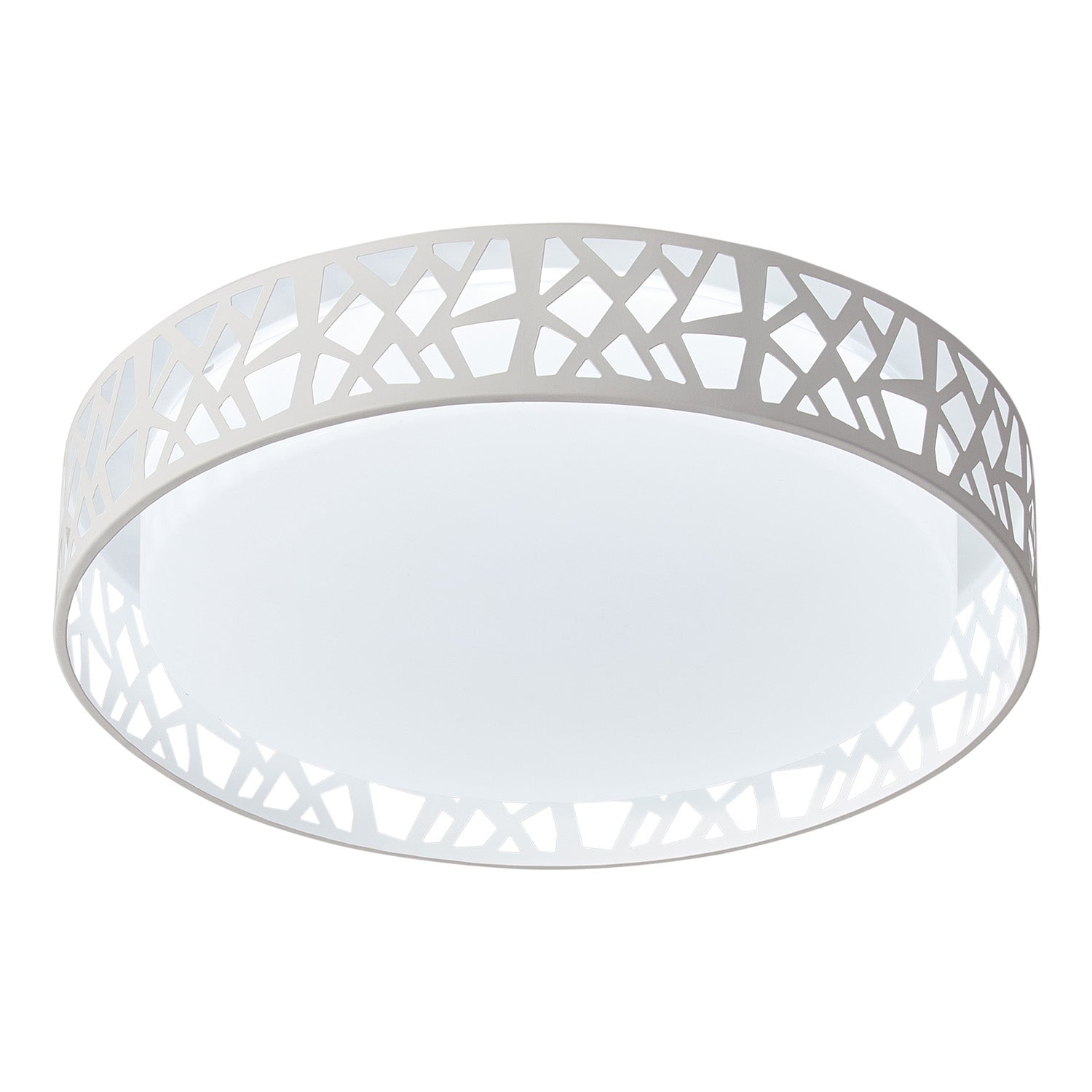When it comes to industrial environments, the role of lighting cannot be overstated. The right lighting not only ensures safety and visibility but also plays a crucial role in enhancing productivity. In this article, we will delve into the significance of flush mount ceiling lights in industrial settings and how they contribute to optimizing productivity.

The Impact of Lighting on Productivity
Lighting has a profound impact on the productivity of workers in industrial environments. Inadequate lighting can lead to eyestrain, fatigue, and decreased focus, ultimately affecting the efficiency of tasks. On the other hand, well-designed lighting solutions, such as flush mount ceiling lights, can create a well-lit and comfortable work environment, leading to improved alertness and productivity.
Optimizing Visibility and Safety
One of the primary functions of flush mount ceiling lights in industrial environments is to optimize visibility and safety. In areas where precision and attention to detail are crucial, such as assembly lines or quality control stations, adequate lighting is essential. Properly illuminated workspaces can reduce errors and accidents, thereby contributing to a more efficient and safe working environment.
Energy-Efficient Solutions for Sustainable Productivity
As industries increasingly focus on sustainability and energy efficiency, the choice of lighting solutions becomes paramount. Flush mount ceiling lights offer energy-efficient options that not only reduce operational costs but also contribute to sustainable productivity. By utilizing LED technology and smart lighting controls, industrial facilities can minimize energy consumption while maintaining optimal lighting levels for enhanced productivity.
The Role of Smart Lighting in Industrial Environments
Advancements in lighting technology have led to the integration of smart lighting systems in industrial environments. These systems, often incorporated into flush mount ceiling lights, allow for dynamic control of lighting levels based on specific tasks and environmental conditions. By adjusting lighting according to the needs of the workspace, smart lighting contributes to a more adaptive and productive industrial setting.
In conclusion, the role of flush mount ceiling lights in industrial environments is multifaceted, encompassing aspects of visibility, safety, energy efficiency, and technological innovation. By prioritizing the implementation of well-designed lighting solutions, industrial facilities can create an environment that not only enhances productivity but also prioritizes the well-being of its workforce.



